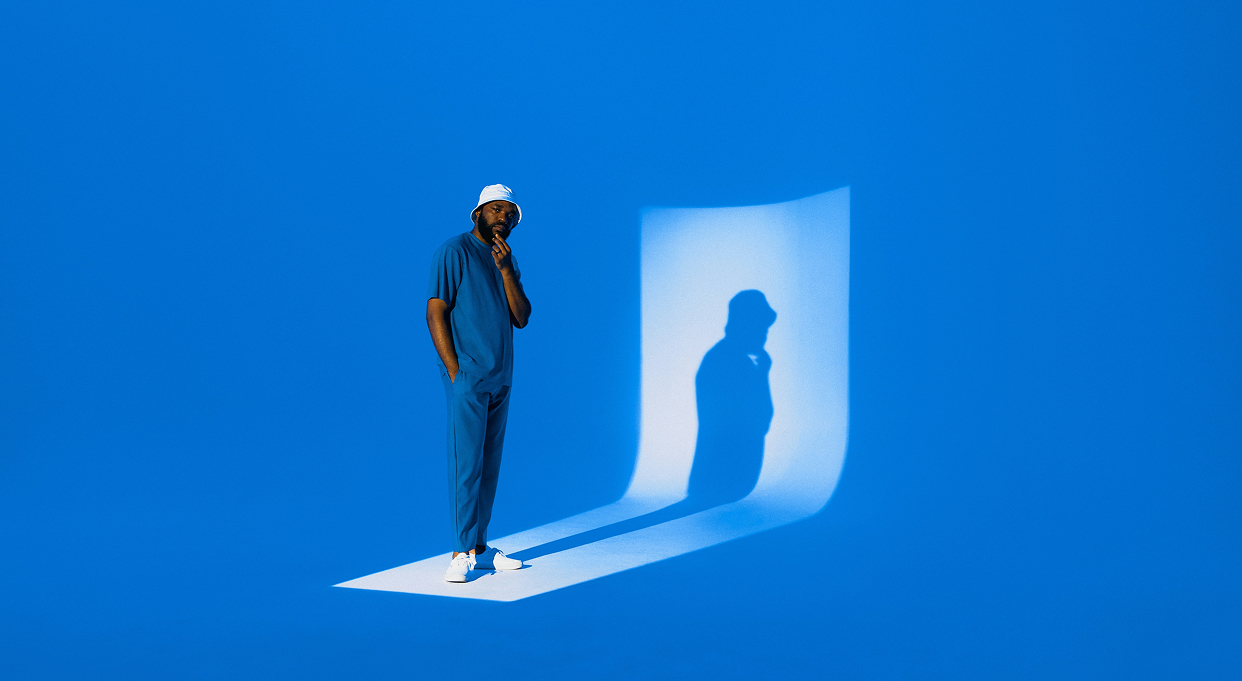Psychology Behind Color Choices in Web Design

Psychology Behind Color Choices in Web Design
Color is a powerful tool in web design, capable of influencing mood and user actions. More than just an aesthetic choice, the colors used on a website can deeply impact how users perceive and interact with the content. Understanding the psychology of color can transform a design from functional to phenomenal, making it a crucial element for any designer to master.
Key Points
- Emotional Influence:
Colors have a profound effect on human emotions. For instance, blue can evoke feelings of calmness and security, making it a popular choice for banks and healthcare websites. Red, on the other hand, can increase energy levels and create a sense of urgency, which is often used in clearance sales or to highlight important actions. Choosing the right color palette can set the tone for user interactions and subtly guide users' emotional responses as they navigate a website. - Brand Perception:
The choice of colors can significantly affect how a brand is perceived. Colors not only reflect a brand’s personality but also influence how trustworthy and authoritative it appears to users. For example, black is frequently associated with luxury and sophistication and is commonly used by high-end fashion brands. Green, symbolizing nature and tranquility, is often used by environmental organizations to reinforce their mission. By aligning color choices with brand values, companies can strengthen their identity and build stronger connections with their audience. - Conversion Optimization:
Strategic use of color can also play a pivotal role in conversion optimization. Certain colors can draw attention to key elements like call-to-action buttons. For example, an orange button on a dark blue background can stand out and encourage clicks due to its high visibility and contrast. The psychology behind color choices goes beyond aesthetics, directly influencing user behavior and the effectiveness of the website’s call-to-action elements.
Conclusion
Understanding the psychological impact of color can significantly enhance user experience and guide users' decisions, making it a critical consideration in web design. Colors are not just part of the site's visual appeal; they communicate values, evoke emotions, and drive actions. A well-thought-out color strategy can increase usability, improve user satisfaction, and directly contribute to the site’s overall success. By leveraging the psychological effects of color, designers can create more engaging and effective websites that not only look good but also perform well in fulfilling business goals.







